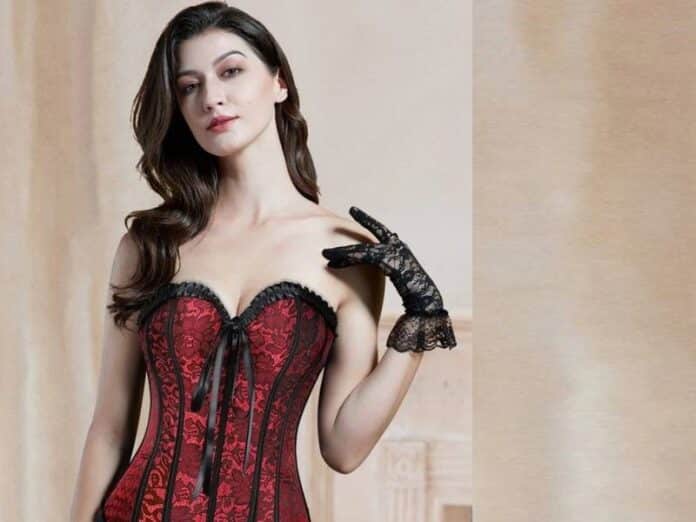
Whether or not the medieval corset existed in the middle ages is debatable. Although its exact function is still vague, we know there was once a garment known as the corset.
Early in the Renaissance, the item we now refer to as a corset was called a body or pair of bodies rather than a corset. The term “corset” was only coined much later. It was first known as “stays” in the past.
The most extensive discussion of this odd clothing may be found in Stella Mary Newton’s book, Fashions in the Age of the Black Prince.
Accounts and descriptions of wardrobes
More than most, the book Fashions in the Age of the Black Prince by Stella Mary Newton discusses this odd clothing.
The medieval corset is listed as a product in the Great Wardrobe accounts from 1327 to 1333, supplied to the King, his two sons, the Queen and a few ladies of the court. It seems possible that the corset served as an overgarment, possibly for ceremonial purposes.
It frequently had fur lining, and there was a lot of gold embroidery, pearls, and ribbon work. When velvet was used, it was occasionally mi-party or made up of half one colour and half another.
For important occasions, medieval corsets were produced; the more extravagant ones were lined with Minver and fashioned of velvet embellished with gold and silver.
The ribbons that served as ties were made with Cyprus gold thread. One fabric cost 60 pounds, which is a significant amount.
It doesn’t seem probable that the corsets were designed to be minor, constrictive undergarments for body-shaping, given that they were constructed from such pricey materials and were fur-lined with ribbons and pearls.
In one instance in the Great Wardrobe account, clothing items are described as corset ronts, indicating that the corset is a garment that can be put on over the head and does not require unbuttoning.
The French term ront is frequently used to describe a garment which slips on over the head without the need for opening, lacing or buttonings. Once more, this conflicts with how we now see corsets.
When a corset is manufactured for the Queen, another intriguing indication of the garment’s size is provided.
It was a large size, as evidenced by the fact that it took just a few bellies of miniver less to line it for her than it did to line her surcoat, which was ample in cut and had a short train.
Additionally, Stella Mary Newton claims that “it was fit to be worn on the dancing” by a male at one point.
The fendu corset
Even in other languages, the term used to describe what we now refer to as a sideless surcote is the corset fendu. The corset worn in the fourteenth century may have been overgrown with wide armholes, either with or without a train.
It seems that the corset was primarily a garment worn by upper-class women and kept out of the lower classes.
In a poem by Froissart, we discover that a man from the middle classes may don a Pierpont instead of a corset, which is a protective garment (hinting that it is decorative and not in the least practical). meetcostumes.com Offer Medieval Corset range at affordable price.

